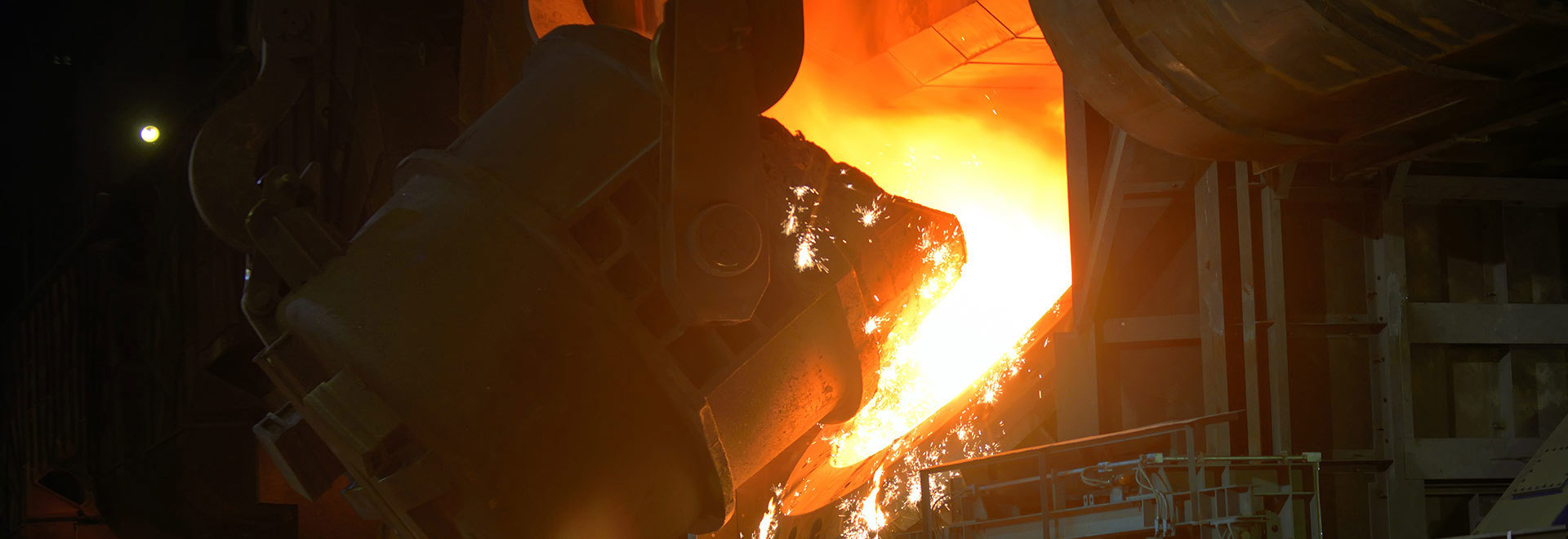Rolling mill guide block lost foam casting process paper.
Release time:
2022-06-24 11:16
Source:
Compared with sand casting, lost foam casting has many advantages. It can not only apply to geometrically complex products, but also reduce unnecessary waste of resources and environmental pollution, greatly reduce labor costs, increase the reusability of basic materials, and have strong product material applicability. This paper takes the products of an Anhui rolling mill guide device accessories company as a model to discuss and analyze its casting process with colleagues in the casting industry, please correct the shortcomings.
cast steel guide block process analysis:
Rolling mill equipment is an indispensable industrial equipment for iron and steel enterprises. The guide device is the most critical part of the rolling mill, and the guide block is the core component of the whole device. Its product requirements are harsh, and any defects such as air holes are not allowed in the product processing parts. Therefore, all subsequent details of the yellow mold model cluster in the early stage of buried box pouring need to be checked one by one, and the operation steps of each step must be carried out according to the specification, problems, problems found in a timely manner, and make records, in order to improve the yield of the product to avoid unnecessary casting defects.
Its overall process flow is:
White area part: (cutting/molding machine mold) white module mold forming
Yellow area: dip brush paint, drying
Black area: black area buried box modeling, negative pressure, pouring
Shot blasting, heat treatment
During the pouring process of lost foam casting, the foam will vaporize rapidly after encountering molten iron, and the temperature of molten iron will drop. If the inside of the white mold is not dried (there is water inside) or the yellow mold is not completely dried, back spray will occur during the pouring process. If the pouring temperature is too low, defects such as cold isolation and insufficient pouring will easily occur. Sometimes, incomplete gasification of the foam model will occur, causing some foam residue to remain inside or on the surface of the casting, cause carbon defects, this defect will lead to casting internal organization loose, not dense. In this regard, through continuous improvement of process methods to take corresponding measures to improve production efficiency under the premise of ensuring product qualification rate.
1. white area: white mold forming is divided into two types: white mold dressing, cutting, assembly forming and molding machine foaming forming (1) cutting, assembly forming: as shown in the following figure, the original image of the product is attached to aluminum foil paper in a two-dimensional pattern of 1:1 printing paper splicing, and the template is made by segmenting, the white mold splicing group type is cut in turn, and the burr is polished, and the drying temperature is 45 ℃ and the drying time is ≥ 4 hours (the main drying adhesive part is drying time)

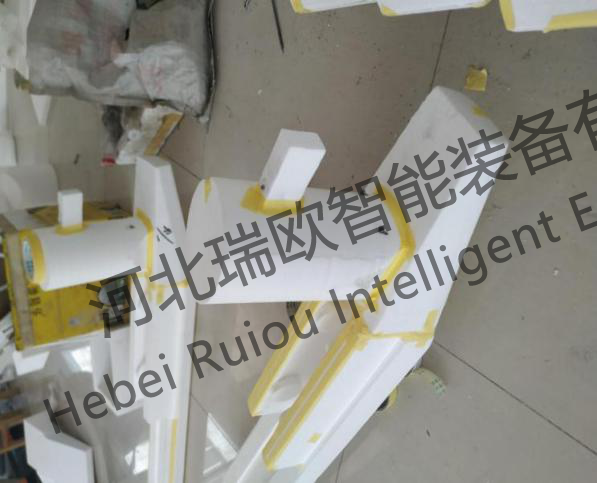
Note: In the process of grouping, it must be noted that the sealing connection position is firmly bonded and no gap is allowed.
Small parts of the surface scars can be repaired in time with repair ointment, and large parts can be repaired with white mold scrap and hot glue. If the scars are too obvious, repair can be abandoned if the difficulty of repair increases, so that the coating is not easy to enter the inside of the product during the dipping process, thus reducing the scrap rate.Foaming molding mold assembly: particle foaming → molding machine molding → white mold drying → molding
particle foaming
Use an electric heating steam pre-generator, the foaming raw material is Longwang material, the bead density after pre-development is 22~23g/L, and after pre-development, dry and mature for at least 5h before use. (Note: the steam pressure of the pre-generator should be less than 3Mpa)
Forming machine: Use semi-automatic forming machine, running smoothly. Setting of external conditions: steam pressure 0.4~0.6MPa, water pressure 0.3~0.4 MPa, air pressure 0.6~0.8 MPa, manual charging. Adjust and set the running parameters, and pay attention to prevent the deformation of the white mold.
White mold drying
Put the qualified white mold into the drying room for drying. The drying room adopts automatic control of temperature and humidity, steam main drying and electric heating auxiliary. The temperature of the drying room is set to 45 ℃ and the humidity is set to below 16%. The white mold is placed in the drying room for drying for 1 day, and the weight of the white mold shall be subject to the same weight before entering the painting process.
Bonding, group type
Grind the flashes and burrs on the exterior of the model, and repair the pits, damage and other defects with paper tape, double-sided adhesive tape and repair paste. Uniformly apply cold glue to bond the white mold segments together. Whether it is bonding or repairing, the amount of glue should be strictly controlled to reduce its influence on the casting.
The parts that are easily deformed by external force are supported by bamboo strips or high temperature resistant plastic strips.
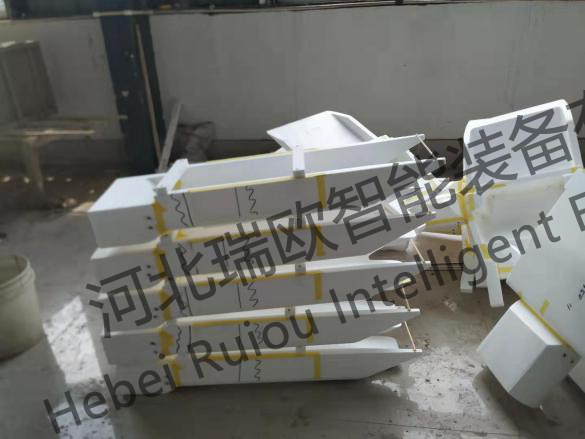
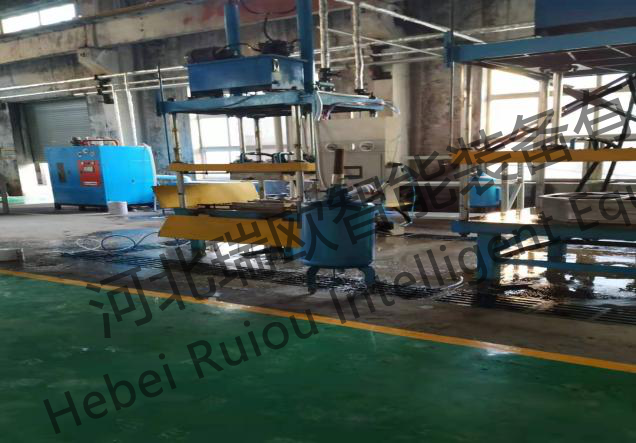
2 yellow area
(1) The paint shall be stirred in accordance with the specified ratio. The brushing is carried out by dipping, stirring for 120min, adjusting the viscosity, and the Baomei degree can reach about 1.6.
(2) The white mold of the group is painted 2-3 times. The painting method is mainly dipping. The temperature of the drying room is set at 50 ℃ and the humidity is set below 16%, so that each layer of paint can be completely dried. The first drying time is 1 day, and the exposed part is recoated. After the second drying time is 1 day, the gate and inlet are thickened and brushed, and drying is continued. After two times, the thickness of white mold coating reaches about 1.3mm, and the gate and water inlet reaches 1.5mm.
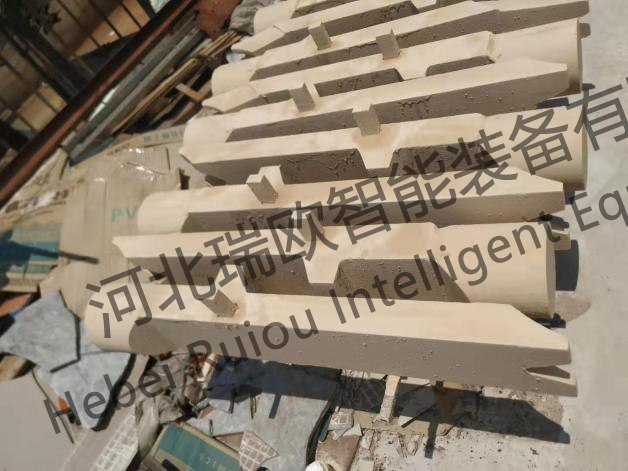
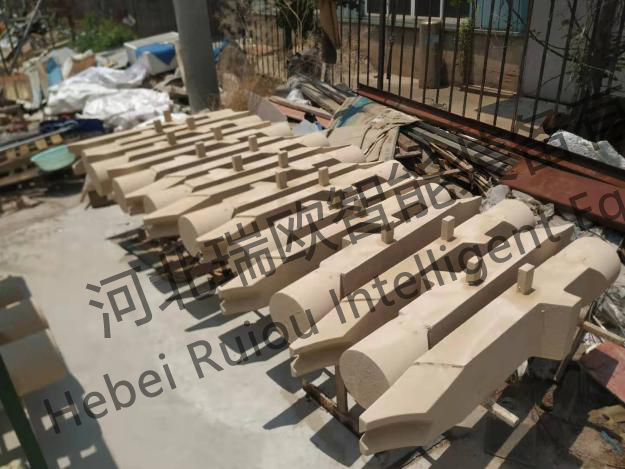
3.black area:
(1) Buried box
In the process of burying the box, it must be operated safely and sand must be added five times. The thickness of bottom sand is generally about 20cm, the vibration frequency is about 35Hz, and the vibration time is about 50S. 1/3 adding sand into the yellow mold, the vibration frequency is about 45Hz and the vibration time is about 60S again. When adding sand to 2/3, the same frequency and vibration time shall be used, and the pouring channel shall be assembled, during the assembly process, the joint of the sprue gate must be sealed with paint, resin sand, graphite paint and other materials to prevent sand washing during pouring. The coating medium of the bonding part should be used as fast-drying medium as possible, such as alcohol debugging. After the assembly is completed, the sand adding height of the fourth buried box is at least 10cm higher than that of the yellow mold, the vibration frequency is correspondingly increased to about 50Hz, the vibration time is extended to about 70S, the plastic film is placed (the thickness of the plastic film is preferably 0.03-0.05mm), and the vibration time frequency of the sand adding in turn is unchanged from that of the previous one (the vibration time and frequency are active adjustment, and can be appropriately added and subtracted according to the actual operation on site).
(2) Smelting process:
In the smelting process, the use of a ton of electric furnace smelting, smelting process to strictly control the composition of the iron, iron composition.

One ton furnace smelting ingredients for scrap steelAbout 40%, 25%, pig iron 35About 0.15% chromium, try to reduce the use of severely rusted steel during smelting, slag should be removed during smelting, and the temperature of the furnace is about 1750 ℃.
This pouring system is designed as a side-by-side series pouring method to ensure that the punching speed and stable negative pressure value are around 0.55 to prevent the collapse of the box. The actual pouring temperature shall be 1600-1640 ℃, and asbestos pads shall be placed at the pouring cup to prevent sand from splashing into the casting during pouring.
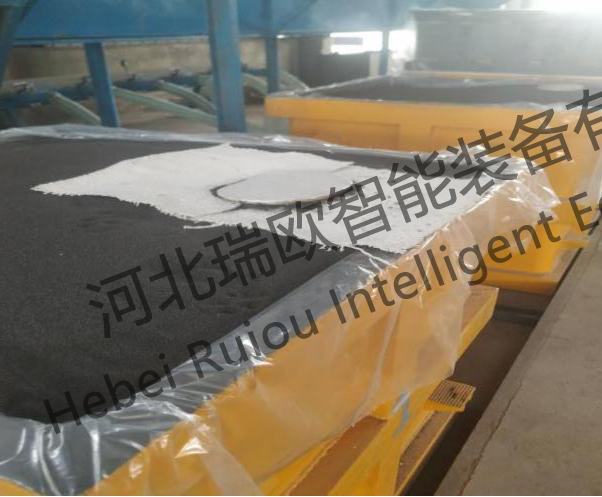
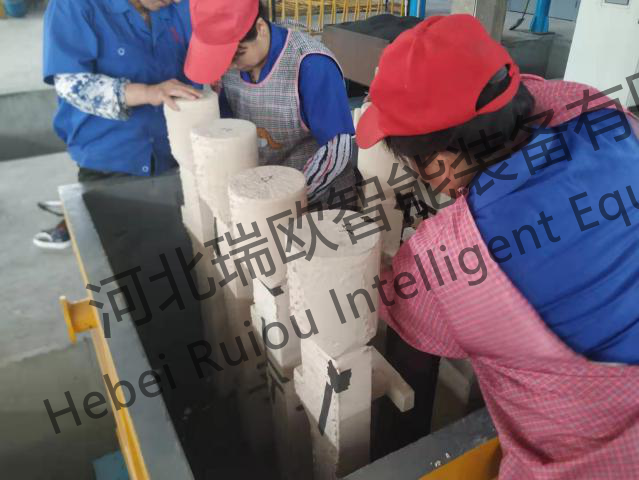
Timely slag beating after molten iron is discharged from the furnace. According to the chemical composition detection before discharging, the required metal elements need to be added in time. Slag retaining cotton is placed at the pouring nozzle to prevent slag from flowing in. The pouring speed must be fast and the stable molten steel flow rate of 15KG per second is the best. Auxiliary workers must ensure that the negative pressure is balanced during pouring.
After the completion of pouring pressure 15min.
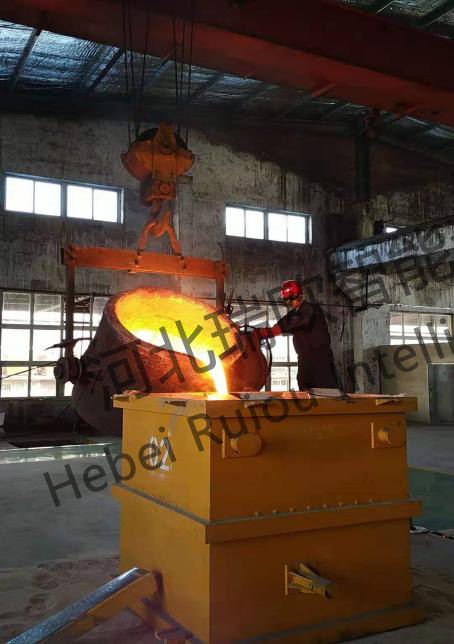
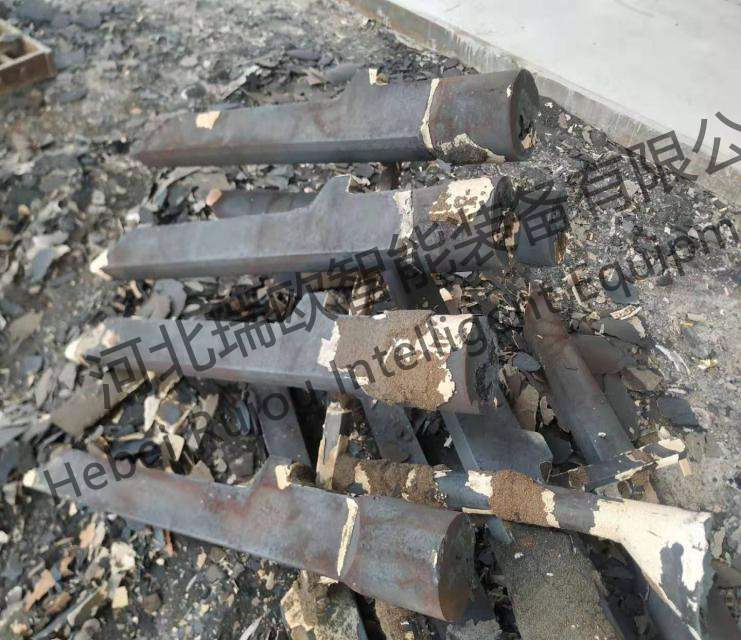
4. Shot blasting and cleaning:
After the casting is poured, the turning time shall be ≥ 80min in summer and ≥ 30min in winter. Shot blasting shall be carried out after natural cooling. Workers shall cut the runner with gas cutting or plasma cutting gun to check whether the product has defects (after turning over the casting, first check whether the outer surface of the casting has defects, which is the best way to judge whether the product has problems in the preliminary work)
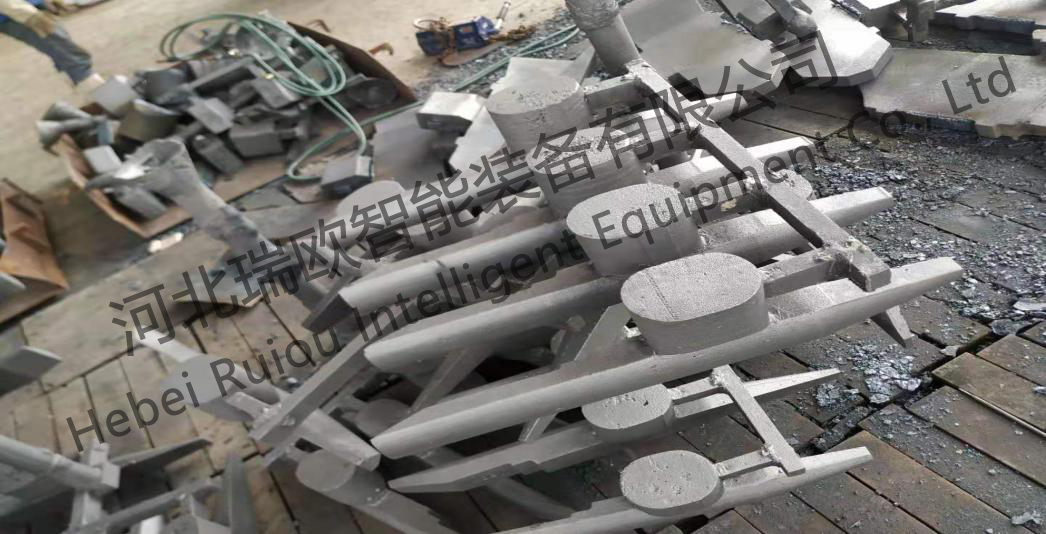
5. Heat treatment annealing:
Annealing is a heat treatment process in which the steel is heated to an appropriate temperature, held for a certain period of time, and then slowly cooled to obtain a state close to the equilibrium organization.
① Adjust the hardness for cutting;
② Eliminate residual stress and prevent deformation and cracking of steel parts;
③ grain refinement, improve the organization to improve the mechanical properties of steel;
After heating to 30~50 ℃ above Ac3, followed by slow cooling, the annealing process close to the equilibrium structure is obtained. In order to improve productivity in production, the workpiece is generally cooled to about 600 ℃ with the furnace, and the workpiece is discharged from the furnace and air cooled.
SummaryCompared with sand casting, lost foam casting has self-evident advantages, but it also has disadvantages that operators are more inclined to be technical, standardized, diversified and long-term. Operators must undergo preliminary training before they can take up their posts, and they must have team cooperation and pay attention to details! Find problems, analyze and solve problems, record problems, classify and detail problems, organize members to discuss various process problems on a regular basis, and improve the finished product rate; Clarify the reward and punishment system.
Related News


